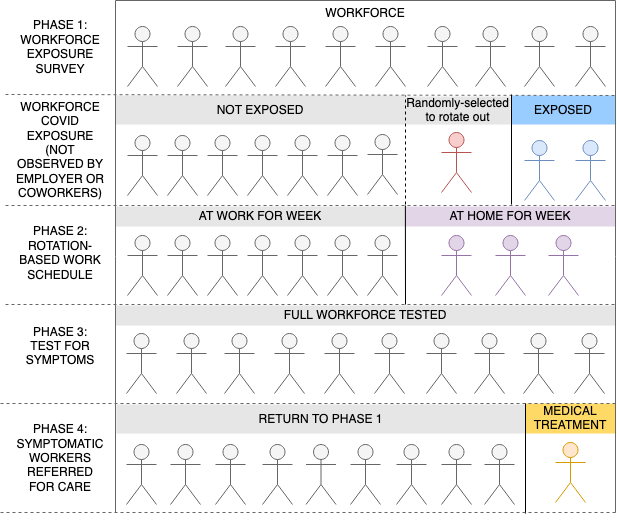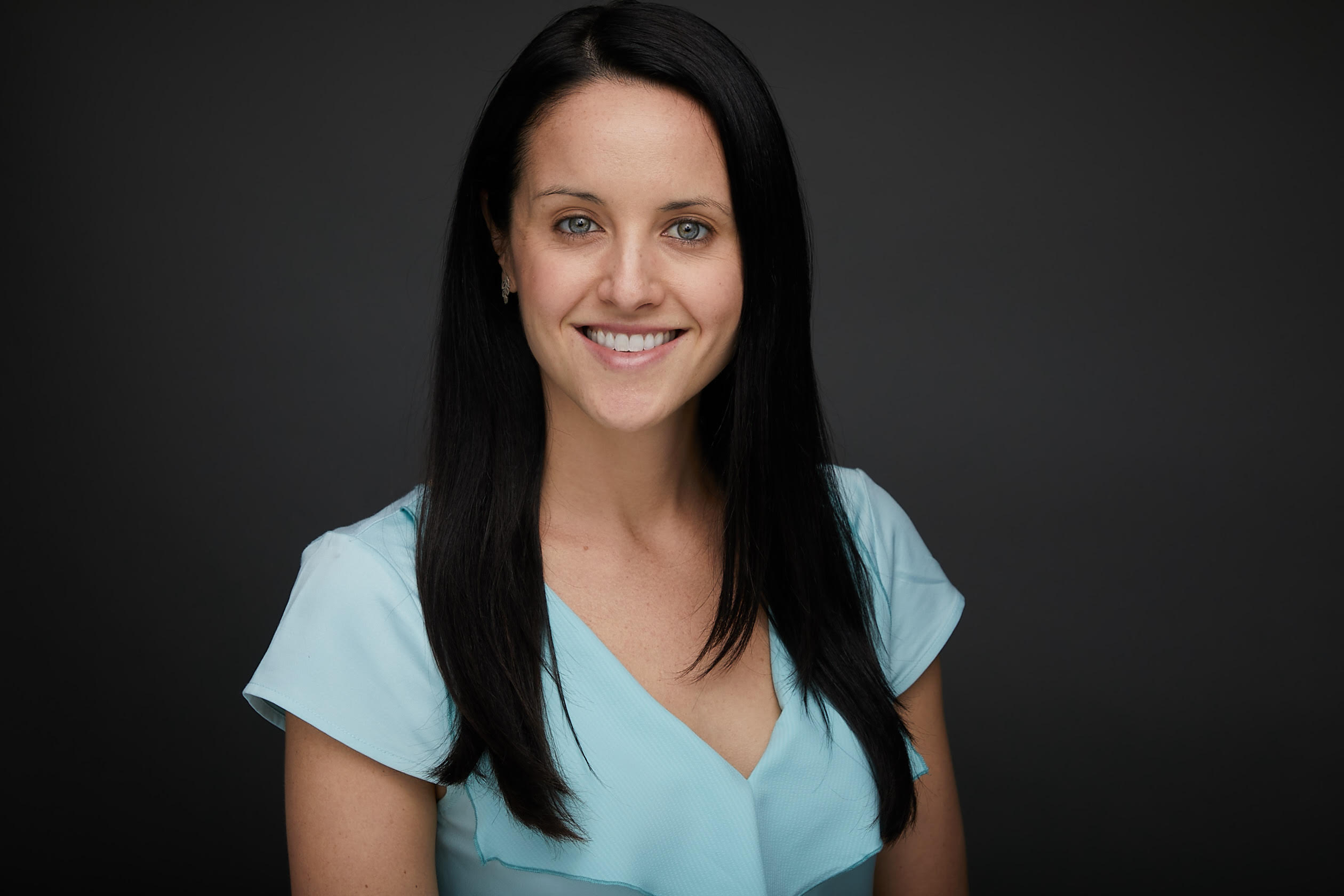Encouraging Workers to Self-Report Exposure to COVID-19
In a recent Harvard Business Review article, we describe random rotation policies that let employees report potential exposure to COVID-19 while staying safe from stigma or retaliation.
Under random rotation, all workers are regularly surveyed about their COVID-19 exposure and symptoms. Regardless of survey responses, a minimum share of employees (say between 5 and 10%) is systematically rotated out of the workplace for a week. Employees rotated out include all employees reporting COVID19 exposure as well as a randomly-selected group of employees who do not. At the end of the week, returning employees are tested for symptoms. Symptomatic or COVID19-positive employees receive appropriate medical care.

Through random rotation, workers concerned that they may be sick can safely ask to temporarily isolate. The fact that healthy people can be rotated out of work ensures that nobody can know for sure whether a particular worker is rotated out because they reported exposure, or because they were chosen randomly.
Random rotation builds on decades of social science research referenced below.




